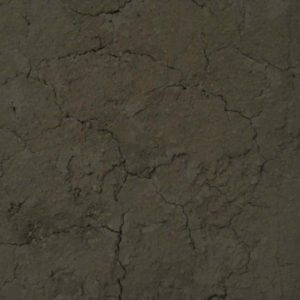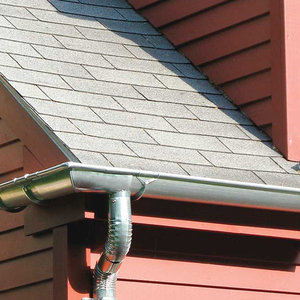Yesterday, I started repairs on my plaster walls. Some of the cracks were very bad around the fireplace area, so I undercut an area about 5″-6″ wide. On top of the plaster lath, I troweled Gypsolite up to the level of the existing base coat. I mixed the plaster up with clean water at a ratio of about 3 parts plaster to 1 part water. The mixture seemed fairly thick to me. I also used a bonding agent on the existing plaster and lath.
Once I finished filling the patched areas, I noticed that the plaster did not seem to be setting (and didn’t set within the advertised 2-3 hours). Overnight, it finally did, and at a little over 24 hours, it seems to be almost completely dry. But I’m left with something that looks like a dry, cracked riverbed. (See attached picture file. For scale, remember that the area is about 5 1/2″ wide.)
Can someone give me some idea why the Gypsolite cracked? (I did see some Web pages that suggested that using perlited plaster with sanded plaster could cause problems.)
And more importantly, are these cracks going to impact the strength of the plaster? Will I have to scrape it all out or can I just put the finish coat on? Thanks for any help.




















Replies
Not 100% certain, but my guess is that the gypsolite dried out before it cured. Based on your description of taking overnight to cure, rather than a couple of hours, maybe the surrounding areas were cold, and retarded the curing reaction. This would give the surrounding areas more time to suck out the water that is needed for proper curing.
If it's pretty intact, you may be able to go over it with the finish coat, but I'm not sure. If it's not a big area, you might want to start again.
Also, you said that the mixture felt pretty stiff. The plaster should be mixed up to a cake-frosting consistency. Did you add lime putty to the mix? It acts as a plasticizer.
Hope this was somewhat helpful.
Pete Duffy, Handyman
Thanks very much, Pete. I would say that the plaster was cake frosting consistency when I put it up, kind of like a thick sour cream--it stuck well to the stirring stick when I held it upside down, but it wasn't dry.
The room itself was warm (~70 degrees), but it is possible that there was a cold updraft in the wall--the house is from 1928 and not insulated. And the plaster never heated up--it seemed to start drying out and then finally cured overnight.
I didn't put any lime putty in. I just used the mix as-is. Any suggestions for ratio of lime to plaster mix?
Sorry, I don't have a ratio for you. I don't do it enough to keep track. Best guess would be about 1/4 putty by volume or a little less. Maybe some plasterers will chime in soon.Pete Duffy, Handyman
I offer this somewhat tentatively because I've never tried this myself but here is something I learned from my plastering mentor. If, indeed, the plaster had the water sucked out of it before it could set... try this: Go to the gardening store and pick up a bag of aluminum sulfate. Mix up a solution in a hudson sprayer and gently saturate the area. This chemical will re-set gypsum plaster.
I've run into this when plastering over old substrate, be it old lath or masonry. You get the crazing your photo shows and/or the plaster dries like chalk. My guess is that the lath was so dried out that it wicked the moisture out of the plaster before it could properly set. I try to dampen old wood lath by spraying it with water several times over a day or two prior to plastering over it to avoid this problem.
Mike Hennessy
Pittsburgh, PA
I actually have gypsum lath. Usually, I do dampen the area with a spray bottle, but this time I used a bonding agent, so I thought (maybe mistakenly) that I didn't have to wet it down.
ANd you're right--it does have a chalky surface. Thanks so much for the advice.
our plasterer of many years ago always felt that perlite lacked the body of sand and as a result he said that premixed Structolite that had perlite only tended to crack, very much like what you have.
he did two complete rooms for me and i mixed for him. he asked me to buy raw plaster and mix sand with it but i had already bought all Structolite.
he required that i mix sand with the Structolite (no, i don't remember the ratio, this was 18 years ago) to help prevent cracking.
there was some cracking in the end although relatively minor.
if your brown coat seems solid, i wouldn't hesitate to finish coat it.
carpenter in transition